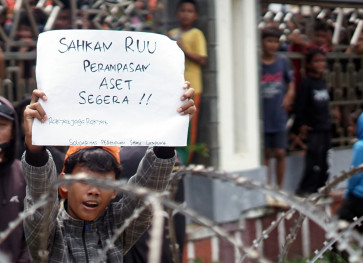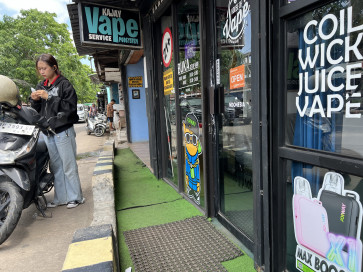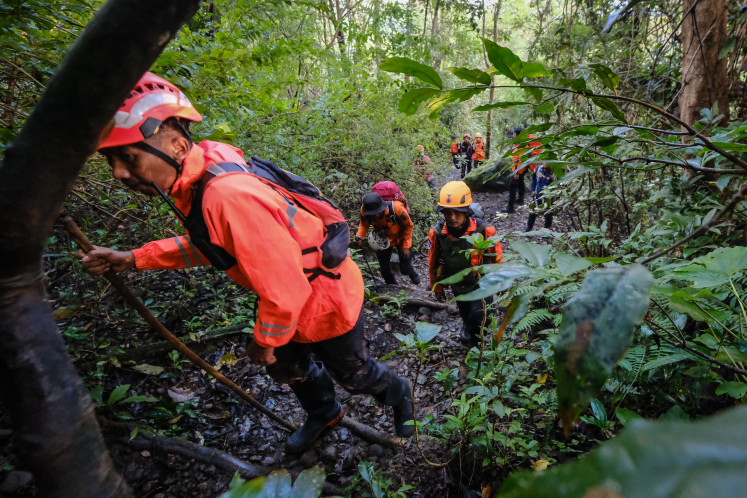Popular Reads
Top Results
Can't find what you're looking for?
View all search resultsPopular Reads
Top Results
Can't find what you're looking for?
View all search resultsLampung mangroves could be extinct in 5 years: Activist
Activists have warned that the uncontrolled conversion of mangrove forests into fish farms in a number of coastal regions across Lampung could make the plant species extinct in the province within five years
Change text size
Gift Premium Articles
to Anyone
A
ctivists have warned that the uncontrolled conversion of mangrove forests into fish farms in a number of coastal regions across Lampung could make the plant species extinct in the province within five years.
Data compiled by Lampung’s Marine and Fisheries Agency showed that 736,000 hectares or 60 percent of the province’s 1.9 million hectares of mangrove forests have been severely damaged due to uncontrolled conversion of the forests into fish ponds by large fishing companies and local fish breeders.
In South Lampung regency, the destruction of mangrove forests has allowed seawater to enter coastal farms, destroying crops. Tens of hectares of rice fields have been converted into fish ponds.
In East Lampung, mangrove destruction has also led to increased coastal erosion.
Mangrove forests are essential to fish farming company Proteina Prima’s prawn production center in Tulangbawang regency, the largest in Southeast Asia, has been compromised by mangrove destruction by local residents because the coastal habitat attracts prawns to the region.
The director of the Indonesian Forum for the Environment (Walhi) in Lampung, Hendrawan, said 3,000 hectares of mangrove forests had been destroyed in the regency. He said the local administration had failed to rehabilitate the forests despite the central government allocating billions of rupiah for a mangrove rehabilitation program.
“No significant results can be seen so far,” Hendrawan said, adding that most mangrove rehabilitation programs did not produce significant results.
Data compiled by Walhi Lampung, he said, showed there were only some 160,000 hectares of mangroves left in Lampung, 85 percent of which were in critical condition.
Meanwhile, Mitra Bentala, a nongovernmental organization for mangrove forest conservation, found that between only 5 and 20 percent of mangrove forests in the province’s coastal areas were still intact.
“Some coastal areas no longer have any [mangrove forests],” Mitra Bentala’s director Herza Yulianto said.
He said that all mangroves in Lampung would be gone within five years if steps were taken.
“So far, no strong commitment has been shown by either the governor or regents to save the remaining 30 percent of mangrove forests and rehabilitate the rest, or 70 percent, of the damaged ones,” he said.
Herza said with no mangrove forests to protect coastal regions and attract wildlife, the number of fresh fish would decline dramatically.
“Ninety percent of fish in the sea depend on a healthy coast, comprising mangrove forests to coral reefs,” he said. “A healthy ecosystem will be favored by fish as a breeding ground.”
Head of Lampung Forestry Agency’s forest exploitation division Priyanto Putro said 48 percent of the mangrove ecosystem in the province was damaged due to the conversion of mangrove forest into fish farms.
“We have been trying to restore the condition by replanting mangroves in a number of regions,” he said. “We also have devised a master plan for mangrove rehabilitation, especially in eastern coastal regions.”










